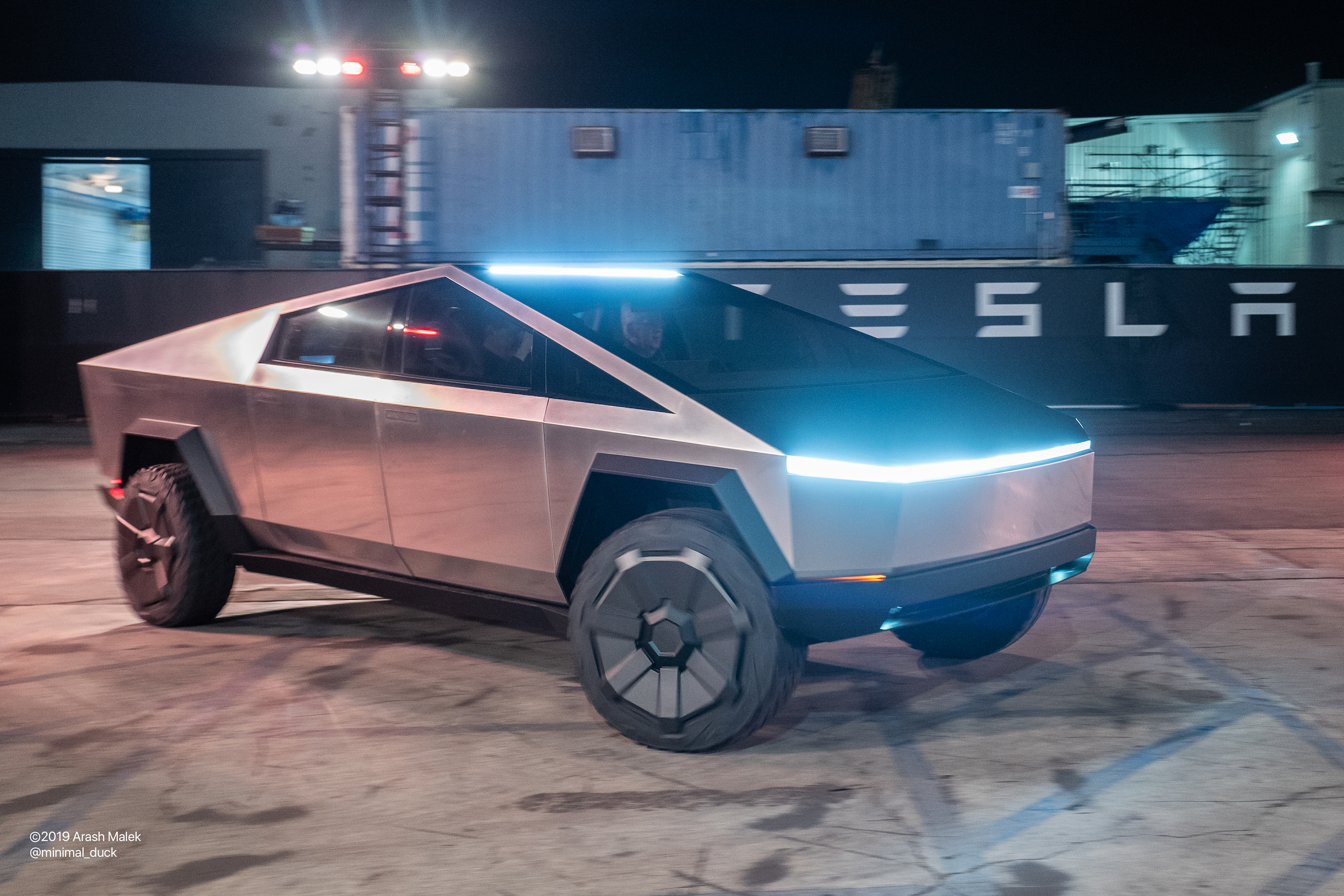
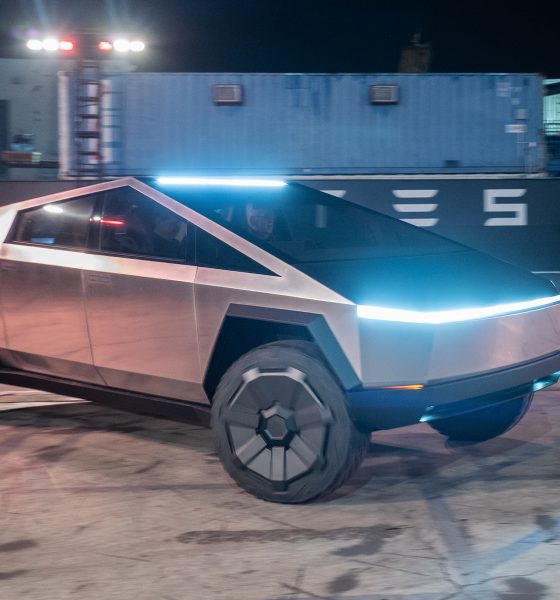
News
Tesla’s Elon Musk shuts the door on Gigafactory Texas talk, but for how long?
George Strait once said that all of his exes live in Texas, and maybe Elon Musk doesn’t want his new electric vehicle facility to be infiltrated by the country music legend’s past lovers.
Just kidding.
While we all patiently wait for Tesla’s CEO to announce the location of its next vehicle production plant, I was pretty sure that Texas had been confirmed as the spot. After seeing some reports, I dug a little deeper and found that the State of Texas had some records, including purchase price agreements, on a plot of land just outside of Austin.
However, when I reported the news, Elon responded and told us at Teslarati that the company had the option to buy the land, but they had not secured a purchase agreement and exercised its right to purchase the property.
I have to admit, I was pretty shocked. I have been following the situation closely for months, and it is pretty evident that Texas certainly has the most advantages. Not to mention, Elon definitely seems to be leaning toward it. He’s been talking about Texas since January, and we’ve already talked about the distinct advantages the state holds over any other location.
However, Musk wasn’t done there. He then added that Tesla was looking at several locations. I’m assuming Tulsa, Oklahoma, is also in the mix considering that has been a location that is very open to taking its oil roots and trading them in for a new electrified infrastructure that will create a string of sustainable transportation production lines in the state.
However, it is really evident that Tesla might be having some second thoughts on the Lone Star State…or are they?
First, let’s consider the details of the land plot in question in Texas. It’s 2,100 acres, its $5.2 million bucks, and its really perfect for what Tesla has wanted. We know that the new factory is set to be the biggest one yet because both Zachary Kirkhorn and Elon said they are going to start calling the factories “Tera” instead of “Giga.”
To put the size of the land into perspective, Fremont sits on 370 acres, Giga Shanghai on 210 acres, and Giga Berlin on 740 acres. This means the prospective Texas land plot is nearly three times as big as Giga Berlin, which is the factory that will produce Tesla cars for all of Europe, and it is all going to be used to create the Cybertruck and the Model Y.
We know the demand for the Cybertruck is enormous. The pre-order number is not officially public knowledge. Still, there is some indication that Tesla is getting near three-quarters of a million reservations for the truck and its tough, robust exterior.
This is a preview from our weekly newsletter. Each week I go ‘Beyond the News’ and handcraft a special edition that includes my thoughts on the biggest stories, why it matters, and how it could impact the future.
A big thanks to our long-time supporters and new subscribers! Thank you.
We know that Tesla wants to build the plant in the middle of the country. That could mean anything, from North Dakota to Texas literally, and it could go slightly West to Colorado, and slightly East to Missouri. That’s what is confusing.
Now that there are apparently “several locations” in the mix, the real question is: Why is the Texas deal taking so long? Is Tesla looking to negotiate an even lower price? I decided to dig a little more.
According to Texas A&M University’s “Texas Rural Land Prices” page, where the college has the price of land from Q4 1971 up until Q1 2020, the most recent cost of an acre of property in the state is $2,986. The prospective plot of land where Tesla could build its next factory is 2,100 acres. So the value of the property, according to these statistics, is $6,270,600. According to the application that Tesla and the State of Texas have, the land price that was agreed upon is $5,298,275, giving the company a nearly $1 million discount. It is about a 16% discount according to my handy, dandy calculator.
Texas has also announced its intentions to give the automaker a sweet incentive package to the tune of $68 million, according to reports. That’s a lot of scratch, and it could certainly help with the purchase price, the labor costs of constructing the building, and more.
It is just tough to say why the deal is taking a while. The Cybertruck’s Dual and Tri-Motor variants are going to be produced at the tail-end of 2021, and with Tesla’s track record with the Model Y in the US and the Model 3 in China, they’ll be built well before then. That would give Tesla, if the company started construction in July, 18 months to complete the Cybertruck portion of the factory. Fremont could handle Model Y production until the new factory’s Phase 2 is completed.
I am personally excited to see where the factory ends up, and I really, genuinely think that Texas is where the factory will end up.
Where do you think the factory will be when its all said and done? And why do you think Tesla is kind of dragging its feet through the purchase process?

Investor's Corner
Tesla stock closes at all-time high on heels of Robotaxi progress
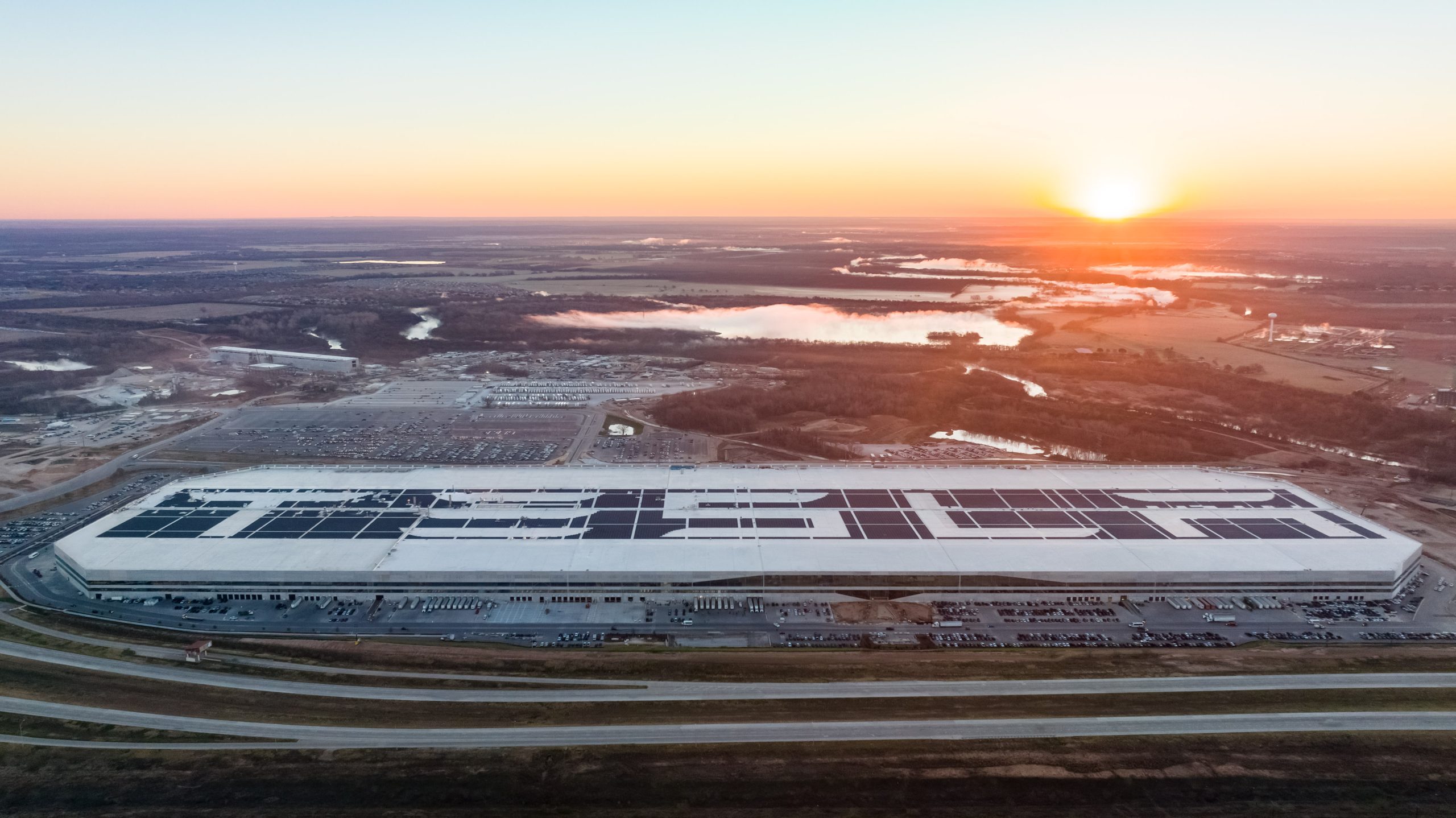
Tesla stock (NASDAQ: TSLA) closed at an all-time high on Tuesday, jumping over 3 percent during the day and finishing at $489.88.
The price beats the previous record close, which was $479.86.
Shares have had a crazy year, dipping more than 40 percent from the start of the year. The stock then started to recover once again around late April, when its price started to climb back up from the low $200 level.
This week, Tesla started to climb toward its highest levels ever, as it was revealed on Sunday that the company was testing driverless Robotaxis in Austin. The spike in value pushed the company’s valuation to $1.63 trillion.
Tesla Robotaxi goes driverless as Musk confirms Safety Monitor removal testing
It is the seventh-most valuable company on the market currently, trailing Nvidia, Apple, Alphabet (Google), Microsoft, Amazon, and Meta.
Shares closed up $14.57 today, up over 3 percent.
The stock has gone through a lot this year, as previously mentioned. Shares tumbled in Q1 due to CEO Elon Musk’s involvement with the Department of Government Efficiency (DOGE), which pulled his attention away from his companies and left a major overhang on their valuations.
However, things started to rebound halfway through the year, and as the government started to phase out the $7,500 tax credit, demand spiked as consumers tried to take advantage of it.
Q3 deliveries were the highest in company history, and Tesla responded to the loss of the tax credit with the launch of the Model 3 and Model Y Standard.
Additionally, analysts have announced high expectations this week for the company on Wall Street as Robotaxi continues to be the focus. With autonomy within Tesla’s sights, things are moving in the direction of Robotaxi being a major catalyst for growth on the Street in the coming year.
Elon Musk
Tesla needs to come through on this one Robotaxi metric, analyst says
“We think the key focus from here will be how fast Tesla can scale driverless operations (including if Tesla’s approach to software/hardware allows it to scale significantly faster than competitors, as the company has argued), and on profitability.”
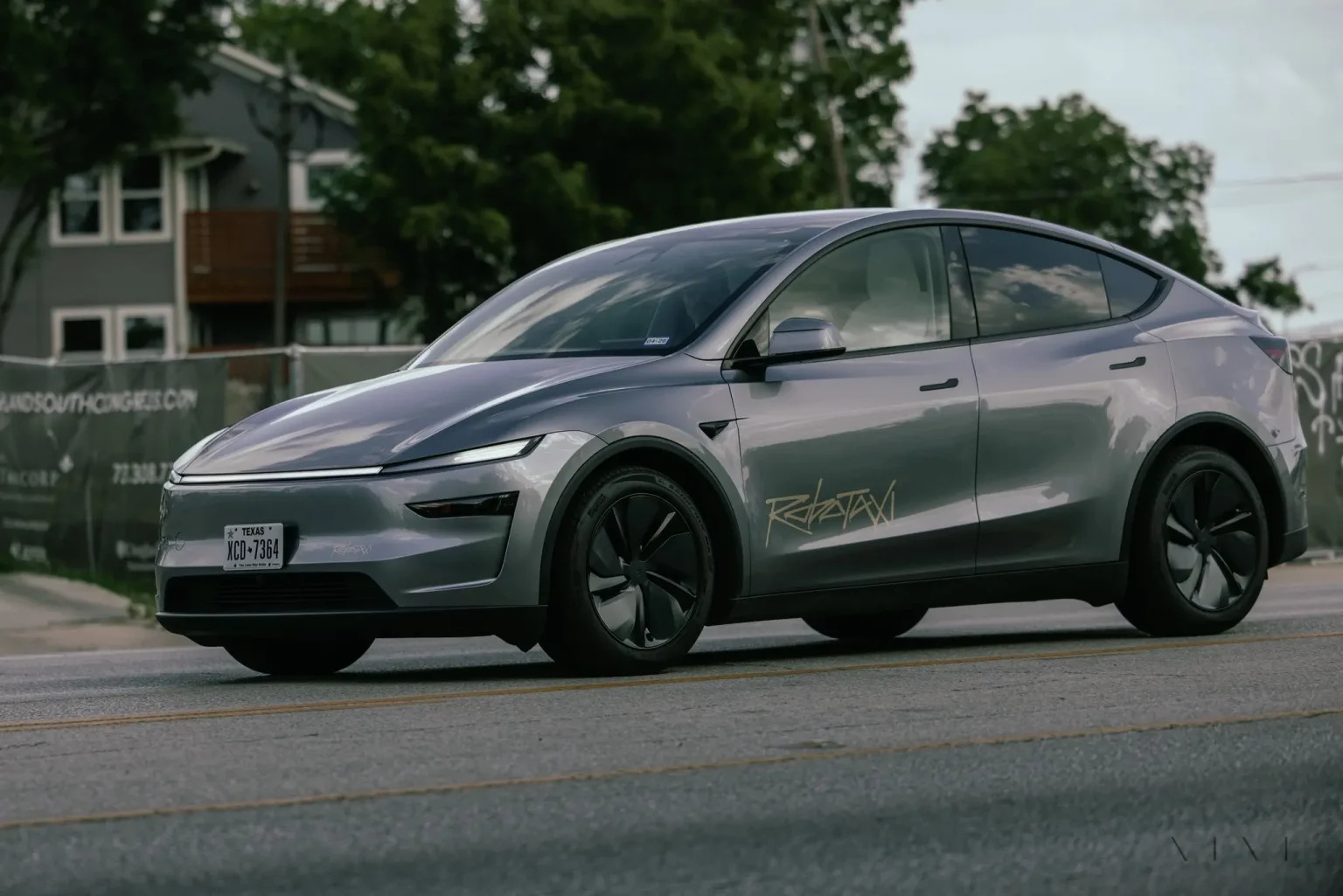
Tesla needs to come through on this one Robotaxi metric, Mark Delaney of Goldman Sachs says.
Tesla is in the process of rolling out its Robotaxi platform to areas outside of Austin and the California Bay Area. It has plans to launch in five additional cities, including Houston, Dallas, Miami, Las Vegas, and Phoenix.
However, the company’s expansion is not what the focus needs to be, according to Delaney. It’s the speed of deployment.
The analyst said:
“We think the key focus from here will be how fast Tesla can scale driverless operations (including if Tesla’s approach to software/hardware allows it to scale significantly faster than competitors, as the company has argued), and on profitability.”
Profitability will come as the Robotaxi fleet expands. Making that money will be dependent on when Tesla can initiate rides in more areas, giving more customers access to the program.
There are some additional things that the company needs to make happen ahead of the major Robotaxi expansion, one of those things is launching driverless rides in Austin, the first city in which it launched the program.
This week, Tesla started testing driverless Robotaxi rides in Austin, as two different Model Y units were spotted with no occupants, a huge step in the company’s plans for the ride-sharing platform.
Tesla Robotaxi goes driverless as Musk confirms Safety Monitor removal testing
CEO Elon Musk has been hoping to remove Safety Monitors from Robotaxis in Austin for several months, first mentioning the plan to have them out by the end of 2025 in September. He confirmed on Sunday that Tesla had officially removed vehicle occupants and started testing truly unsupervised rides.
Although Safety Monitors in Austin have been sitting in the passenger’s seat, they have still had the ability to override things in case of an emergency. After all, the ultimate goal was safety and avoiding any accidents or injuries.
Goldman Sachs reiterated its ‘Neutral’ rating and its $400 price target. Delaney said, “Tesla is making progress with its autonomous technology,” and recent developments make it evident that this is true.
Investor's Corner
Tesla gets bold Robotaxi prediction from Wall Street firm
Last week, Andrew Percoco took over Tesla analysis for Morgan Stanley from Adam Jonas, who covered the stock for years. Percoco seems to be less optimistic and bullish on Tesla shares, while still being fair and balanced in his analysis.
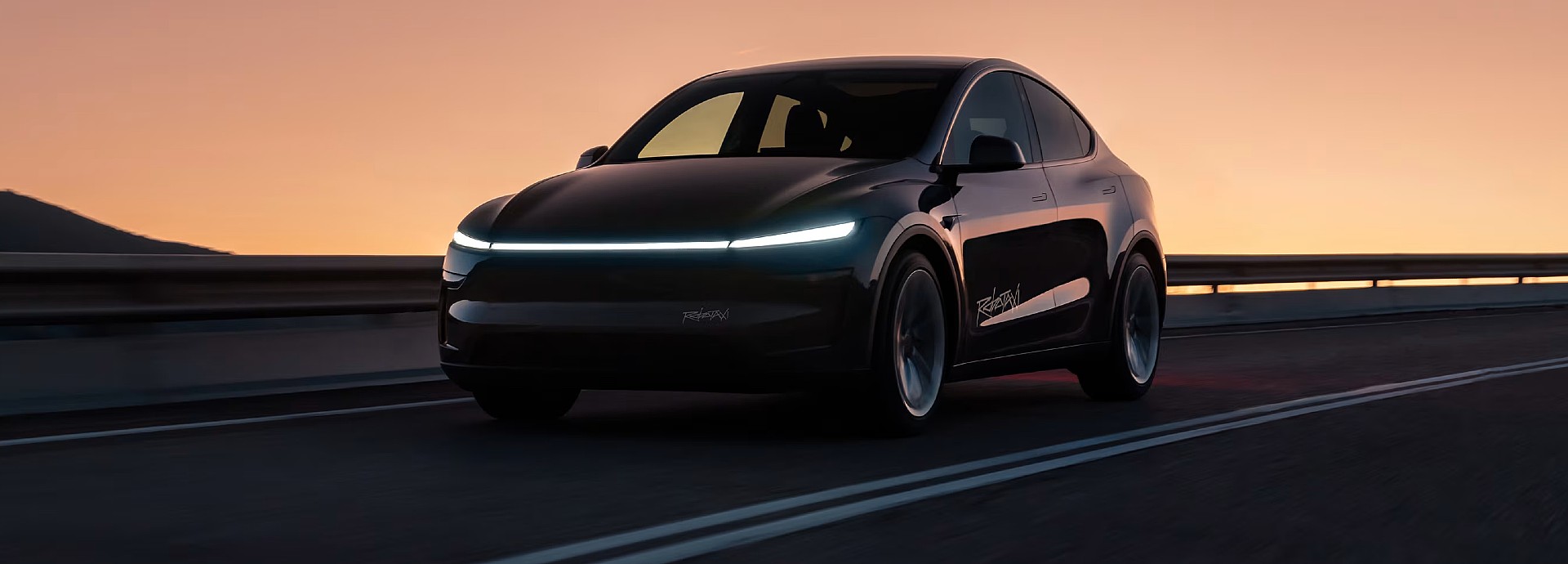
Tesla (NASDAQ: TSLA) received a bold Robotaxi prediction from Morgan Stanley, which anticipates a dramatic increase in the size of the company’s autonomous ride-hailing suite in the coming years.
Last week, Andrew Percoco took over Tesla analysis for Morgan Stanley from Adam Jonas, who covered the stock for years. Percoco seems to be less optimistic and bullish on Tesla shares, while still being fair and balanced in his analysis.
Percoco dug into the Robotaxi fleet and its expansion in the coming years in his latest note, released on Tuesday. The firm expects Tesla to increase the Robotaxi fleet size to 1,000 vehicles in 2026. However, that’s small-scale compared to what they expect from Tesla in a decade.
Tesla expands Robotaxi app access once again, this time on a global scale
By 2035, Morgan Stanley believes there will be one million Robotaxis on the road across multiple cities, a major jump and a considerable fleet size. We assume this means the fleet of vehicles Tesla will operate internally, and not including passenger-owned vehicles that could be added through software updates.
He also listed three specific catalysts that investors should pay attention to, as these will represent the company being on track to achieve its Robotaxi dreams:
- Opening Robotaxi to the public without a Safety Monitor. Timing is unclear, but it appears that Tesla is getting closer by the day.
- Improvement in safety metrics without the Safety Monitor. Tesla’s ability to improve its safety metrics as it scales miles driven without the Safety Monitor is imperative as it looks to scale in new states and cities in 2026.
- Cybercab start of production, targeted for April 2026. Tesla’s Cybercab is a purpose-built vehicle (no steering wheel or pedals, only two seats) that is expected to be produced through its state-of-the-art unboxed manufacturing process, offering further cost reductions and thus accelerating adoption over time.
Robotaxi stands to be one of Tesla’s most significant revenue contributors, especially as the company plans to continue expanding its ride-hailing service across the world in the coming years.
Its current deployment strategy is controlled and conservative to avoid any drastic and potentially program-ruining incidents.
So far, the program, which is active in Austin and the California Bay Area, has been widely successful.








